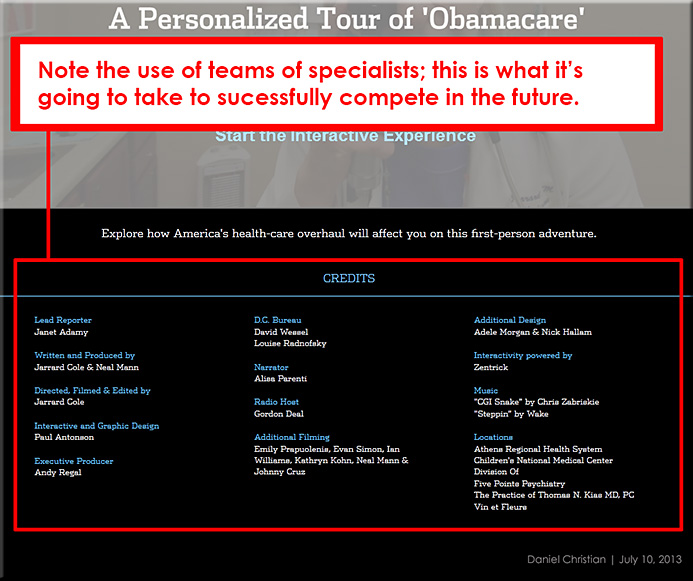Behind the scenes in the making of a MOOC — from forbes.com by Michael Horn
A couple of thoughts hit me here:
1) This article is a great example of the use of TEAMS of people to create and deliver learning materials. Consider some quotes:
…we’ve been working for the past few months with Silicon Schools Fund and the New Teacher Center to create a MOOC on Coursera about high-quality blended learning.
…
Without the hard work of an entire team—from our team at the Clayton Christensen Institute to our partners and friends at the Silicon Schools Fund and New Teacher Center and from our videographer Eric L. Wong to The Learning Accelerator, which provided support—it’s been clear to me that we could not have pulled this off.
…
We could not have created this course without the amazing cooperation and insights from the students, teachers, and leaders at these schools.
Also see this posting on this topic.
2) There is no silver bullet in how to achieve learning objectives. Again, consider some quotes:
What we’ve learned–and what emerges in the course–is that there is no definitive way to do blended learning. The schools that we profile have made many different decisions and all produced wonderful results for students.
…
In the process, we believe that they will create a host of new innovations and make a series of novel choices around blended-learning design.









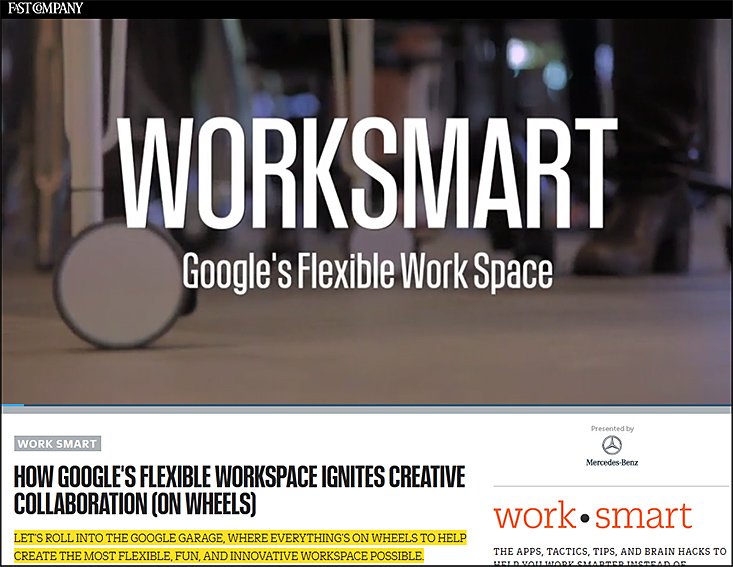

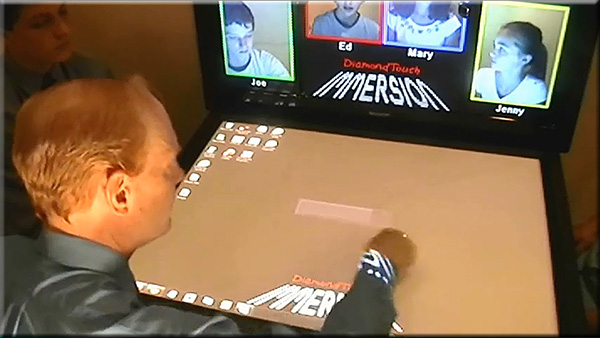
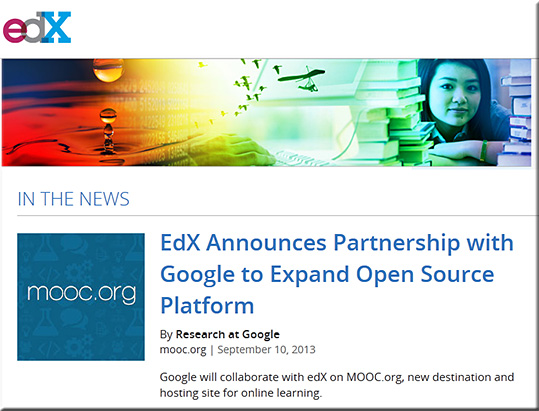
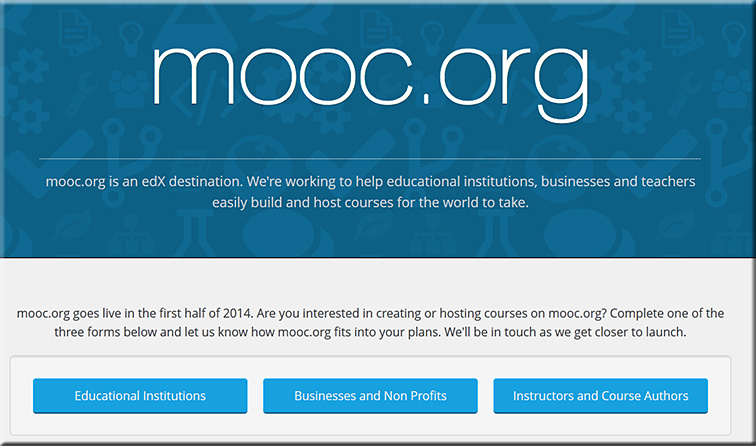
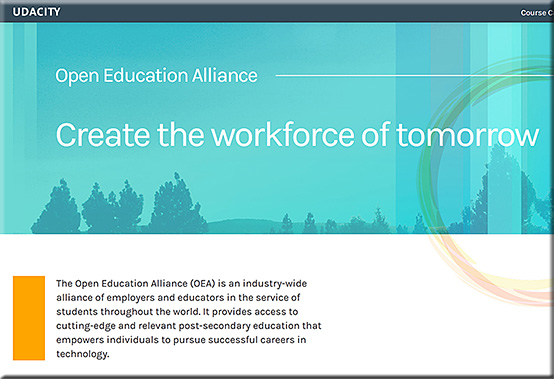
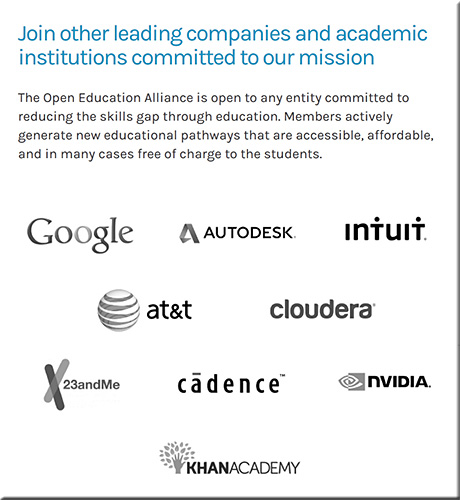
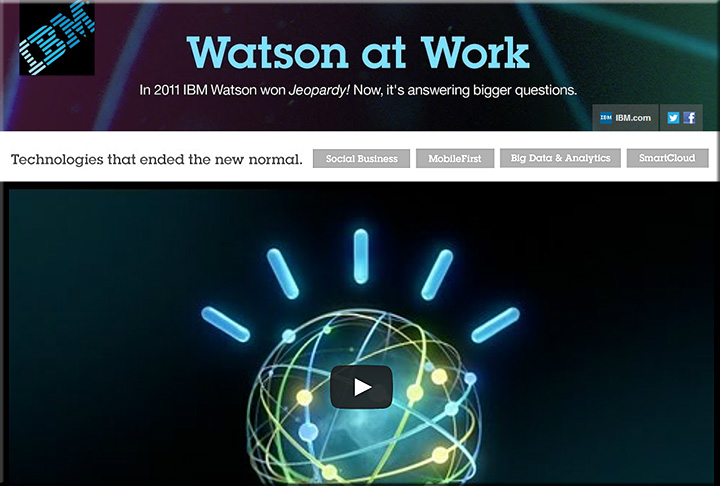
![The Living [Class] Room -- by Daniel Christian -- July 2012 -- a second device used in conjunction with a Smart/Connected TV](http://danielschristian.com/learning-ecosystems/wp-content/uploads/2012/07/The-Living-Class-Room-Daniel-S-Christian-July-2012.jpg)

